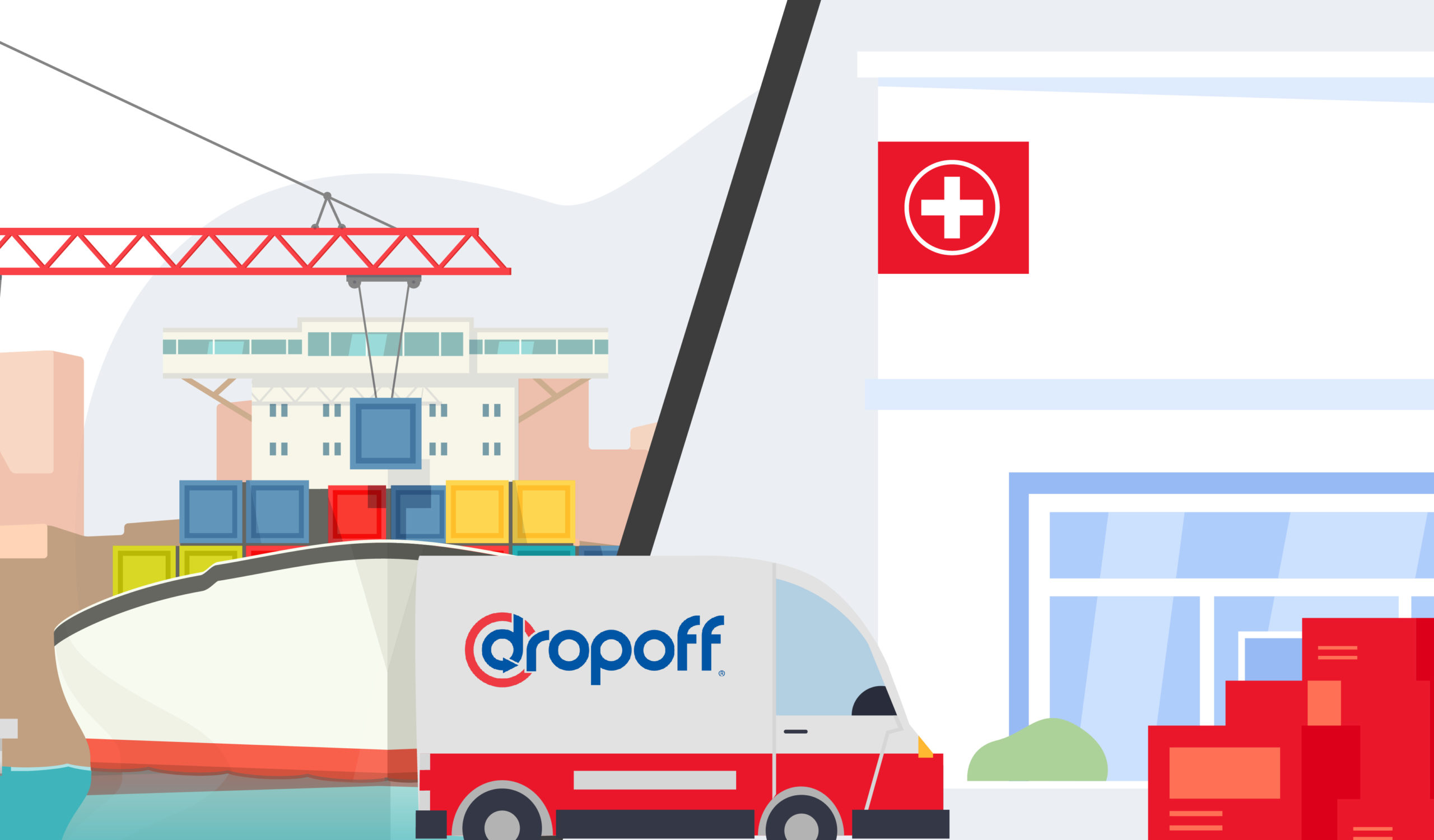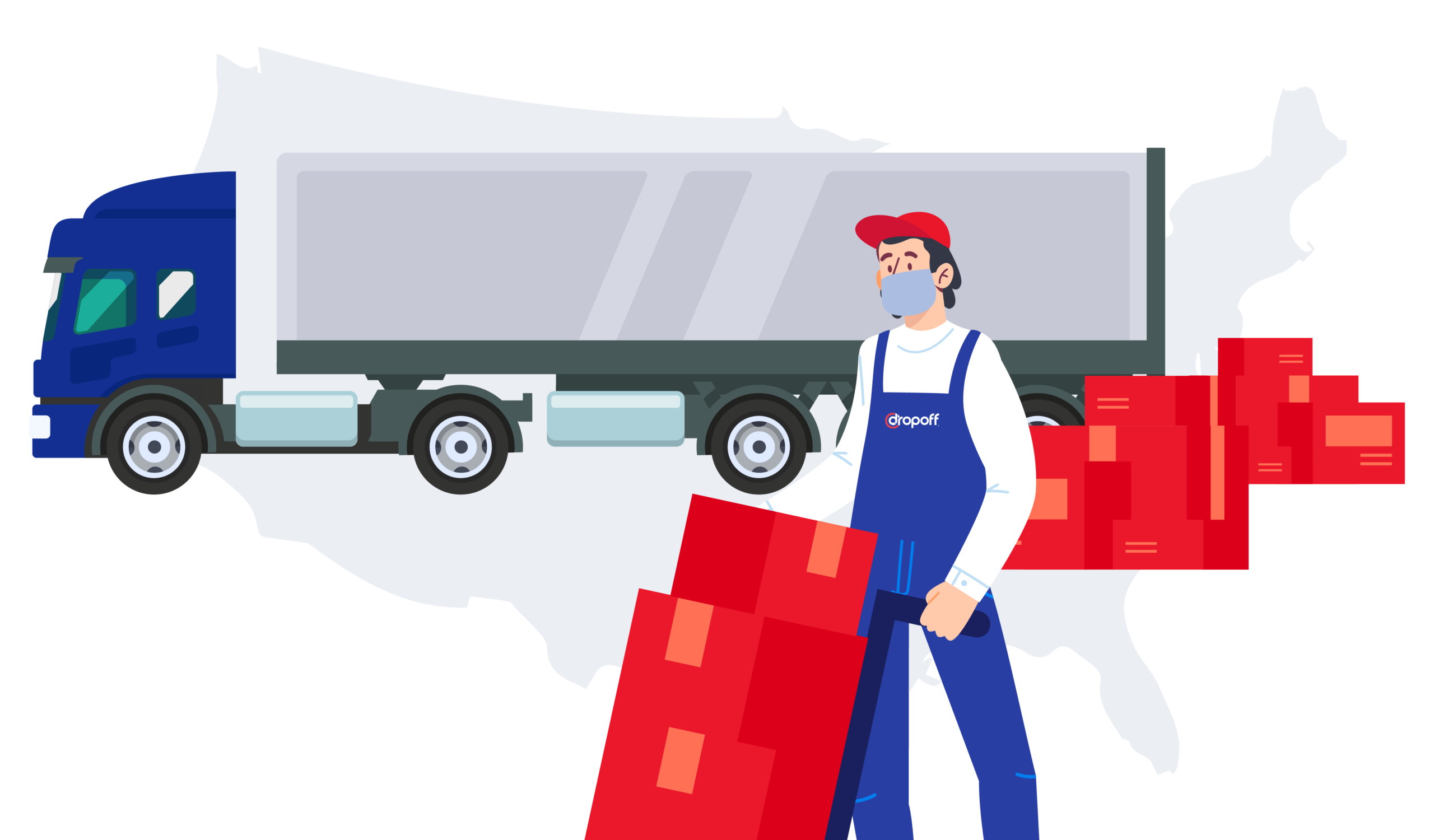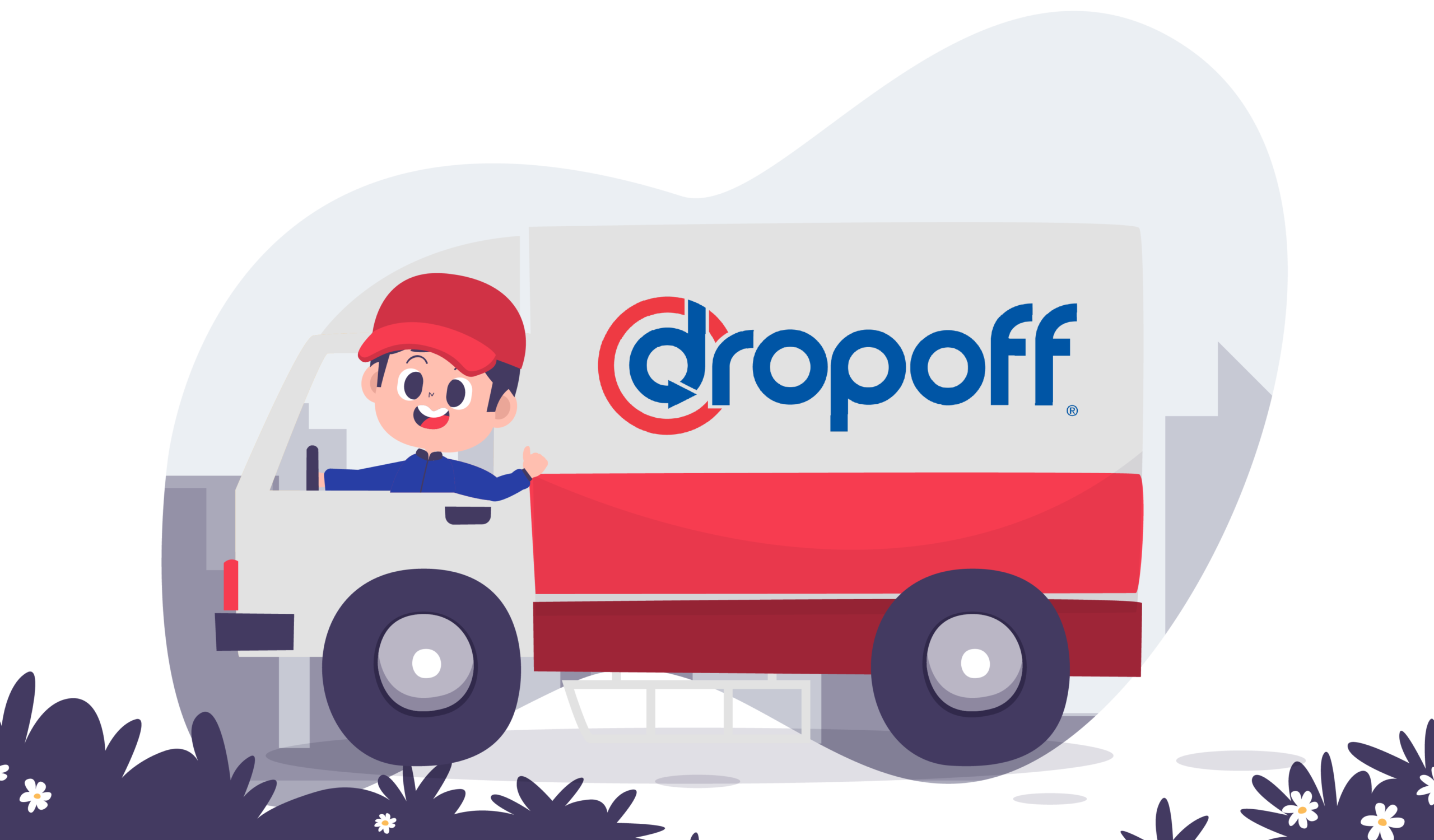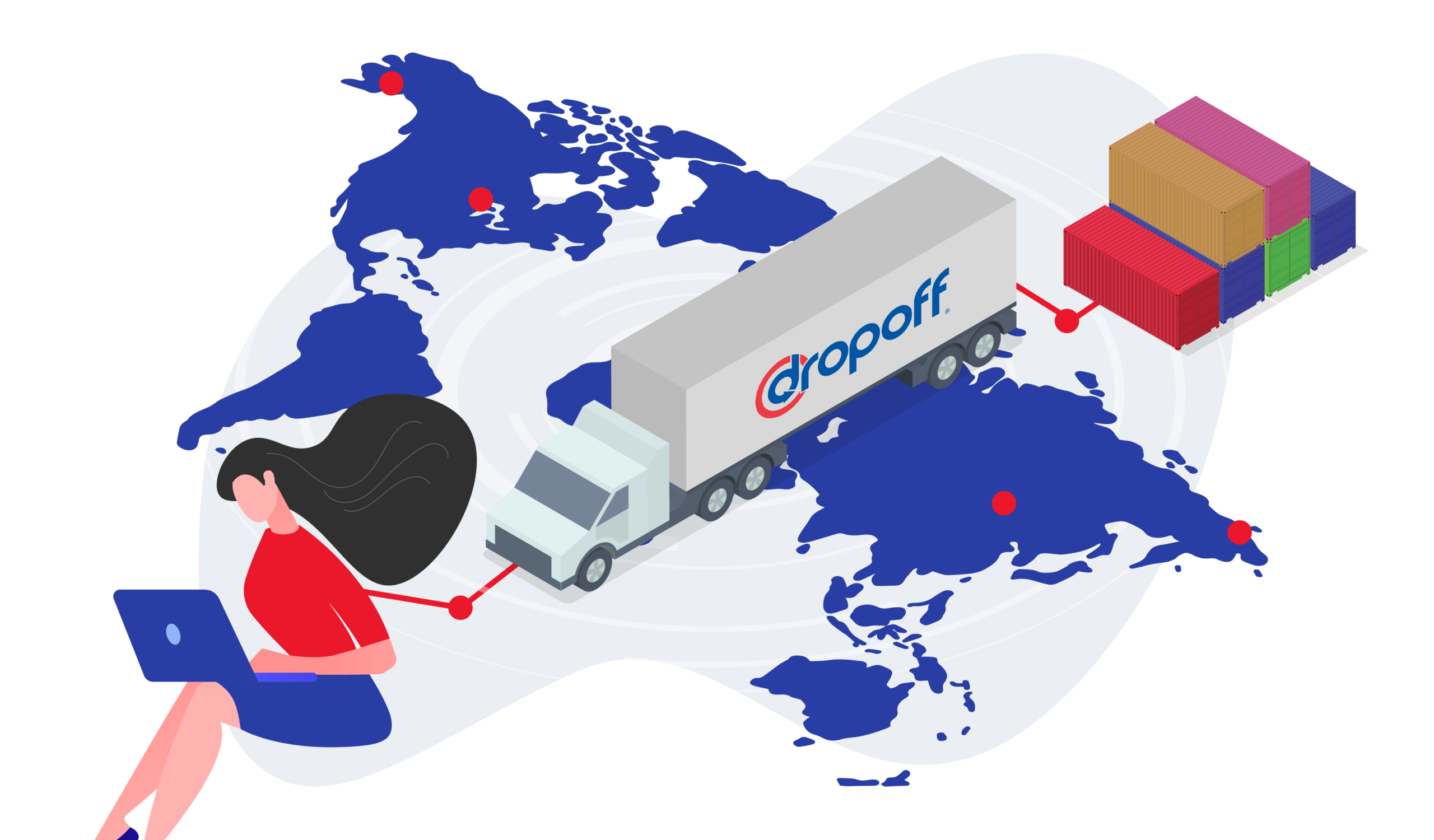Best Tips for Efficient Logistics Planning
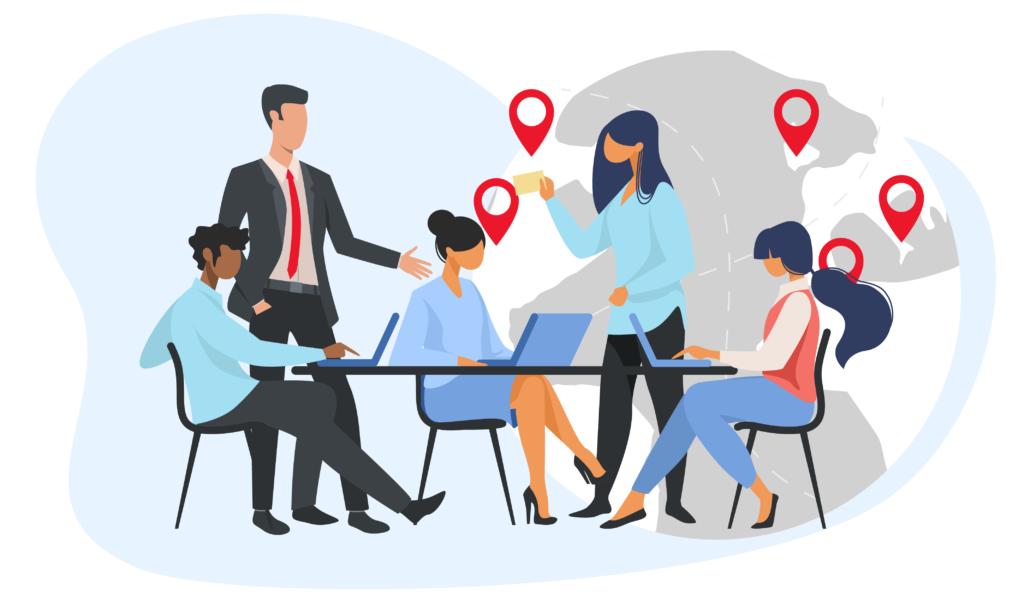
Did you know that logistics planning is essential for businesses?
Having a bad logistics plan will cost you time and money. In this blog post, we’ll discuss everything you need to know about logistical plans that will help your business run smoothly.
What Is Logistics Planning?
Logistics planning finds a balance between how quickly something can be done and how well-prepared you are to do it. It makes sure that goods are delivered to the right people real fast. The process involves ensuring that these goods’ storage, transport, and handling are coordinated efficiently.
4 Benefits of Successful Logistics Planning in Businesses
There are four main benefits of successful logistics planning in businesses:
- Reach long-term goals
- Lower supply chain costs
- Meet customer demand
- Greater revenue
Let’s take a closer look at these benefits.
1. Reach Long-Term Goals
To make good decisions on how to handle logistics, you need to think about your short-term and long-term goals. The goal is to meet customer demand while lowering costs.
2. Lower Supply Chain Costs
Planning your logistics helps you save money because you won’t spend more than needed. You can find the best solutions for your supply chain and factors in the hidden costs, such as labor and warehouse insurance.
Outsourcing your logistics with a 3PL would be even better! 3PLs like Dropoff are supply chain experts and will do it way faster than you. Plus, they’ll make the process easier by showing pricing that is transparent and easy to understand.
3. Meet Customer Demand
A well-run logistics system makes it easy to get products to customers quickly. Keep track of inventory, make sure your operations are running smoothly, and find good shipping options. Eventually, you will meet customer demand.
4. Greater Revenue
Logistics planning has a lot of benefits, like saving money and making more sales. When you do things like stay on budget and reduce supply chain costs, you’ll definitely see an increase in revenue.
4 Tips to Optimize Logistics Planning

Here’s a quick guide to optimizing the logistics planning process.
Firstly, companies need to think about their stakeholders’ needs. It’s important to manage relationships, design pricing models, and keep costs low.
1. Meet Stakeholders’ Needs
There are two types of stakeholders: internal and external. External stakeholders are the people who buy things from you. Internal stakeholders are the people in your company. To do well, you need a good plan that makes all your stakeholders happy.
2. Maintain Relationships
Good logistics planning means keeping your business, customers, and products going. You need to take care of your customers and vendors. Make sure to offer good customer service and make your vendors happy!
3. Effective Pricing
Another essential part of logistics planning is designing a good price model. You need to know how far your deliveries usually go, how much they weigh and how big they are, what method of transport you’ll be using, and how much fuel costs.
4. Manage Costs
Always be aware of your costs and how much you are spending. Learn more about reducing costs related to last-mile delivery.
The PDCA Framework
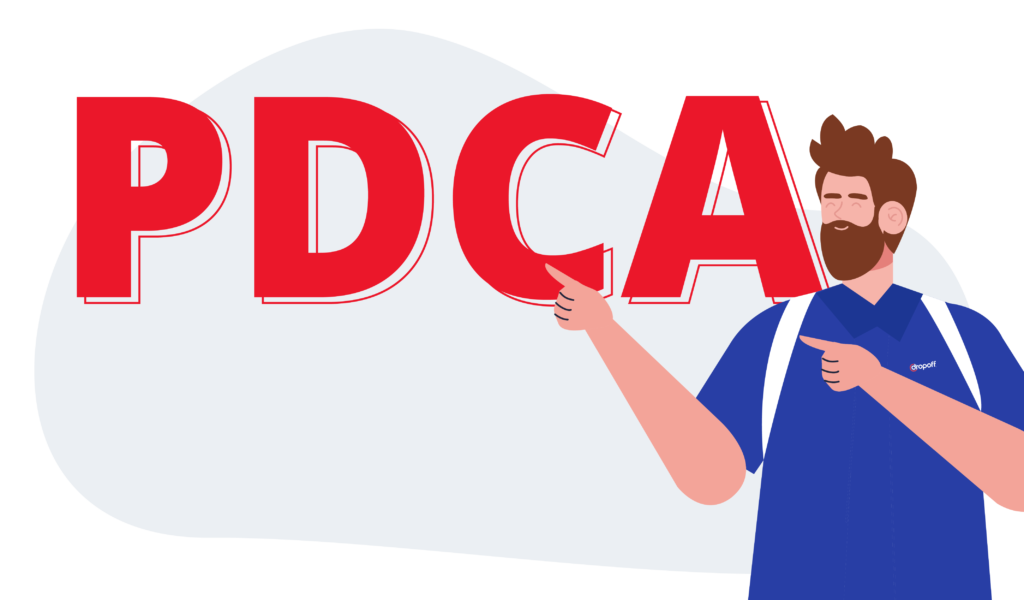
Always improving your logistics planning is a must. The PDCA cycle can help start new systems, test them, measure the results, and make changes before finally implementing them. It’s useful when handling new customers or organizing delivery scheduling.
1. Plan
Planning is the biggest step in most operations. Set your company’s goals and your customers’ goals – make sure they are the same.
2. Do
In the Do phase, you put your plan into action. Use a computer to model what will happen and what to expect. You’ll know if the plan is working in the next phase.
3. Check
Look at the data from the changes you made in the Do stage. Compare how the operation is doing now to how it did before. Then you tell the decision makers what you found.
4. Act
The final stage of the cycle is when the people in charge decide if they want to go ahead with your idea. They look at how it will work, how it compares to other opinions, and what is happening now. If everything looks good, they will go ahead with it.
The 3 Phases of Logistics Planning
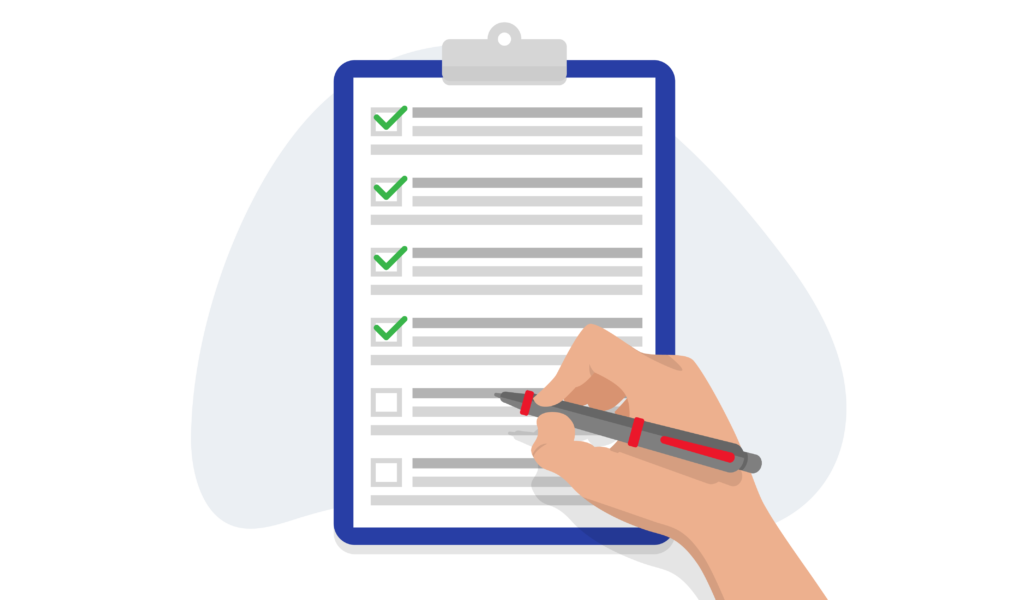
There are three steps in the logistics planning process: problem definition and planning, data collection and analysis, and recommendations and implementation.
Phase 1: Problem Identification and Planning
The first step in logistics planning is to define and document the problem.
1. Feasibility Assessment
You need to do a feasibility assessment to figure out if it’s a good idea to change something. The review starts by looking at the situation, figuring out what needs to change, and ballparking how much it will cost.
2. Project Planning
You need to plan carefully if you want to make changes to a tricky logistics system.
Phase 2: Data Analysis
The next step includes making assumptions, collecting information, and analyzing different options.
1. Data Collection
This helps you figure out what data you need to make your project successful.
2. Analysis
The analyst uses the data from the previous activity to evaluate different logistics strategies.
Phase 3 – Recommendations and Implementations
The third stage of the logistics planning process is to put the plans into action. You will make specific recommendations and develop implementation plans.
1. Recommendations
The analysis results will decide what recommendations to give to management.
2. Implementation
The final step is the actual plan or design implementation. In other words, you put your plan into action.
Top 5 Logistics Planning Software
When choosing a logistics planning software program, think hard about your specific needs.
These are our top picks for logistics planning software:
- Soloplan CarLo
- SAP Business One
- ECOUNT
- BlueJay TMS
- DELMIA Quintiq
1. Soloplan CarLo
CarLo is a software that helps with logistics. Its services include order entry, tour planning, freight invoicing, fleet management, and business intelligence.
2. SAP Business One
SAP Business One is an enterprise resource planning solution that helps business owners track their finances, customers, inventory, and sales all in one place.
3. ECOUNT
ECOUNT is a cloud-based ERP solution that is good for small and midsize businesses. It helps with inventory, production, logistics, sales, accounting, and payroll.
4. BluJay TMS
BluJay Solutions‘ Transportation Management offers a cloud-based way to plan and purchase transportation.
5. DELMIA Quintiq
Quintiq‘s SCP&O solution helps businesses plan their activities and organize job scheduling.
Check out our guide on the most current logistics innovations and industry trends!
The Ideal Skills For Logistics Planning
A logistics planner makes everything flow smoothly through a supply chain. To do this, they need certain skills.
1. Customer Service
One important skill is customer service. A logistics planner has to answer questions, fix problems, and provide good service. Basically, maintain a good relationship with customers so that they come back for more business.
2. Supply Chain Management
A logistics planner must understand how everything flows throughout the supply chain. A supply chain is a network of people and businesses that deliver products from the company to the customer.
3. Adaptability
A logistics planner needs to have the ability to adapt to industry innovations. A big reason is that the logistics industry changes often. With new technology and global changes, transportation has also changed. Organizations get to improve their products, services, and processes by coming up with fresh ideas.
Aligning Logistics with Different Departments

1. Marketing and Logistics
Marketing logistics is getting information from the producer to the market. If you want to stay ahead of the competition, come up with a good strategy for your product, price, place, and promotion. These four things will help your business reach more customers.
2. Sales and Logistics
Sales logistics is the process of getting products to customers. This includes predicting how much needs to be made, ordering the products from suppliers, and ensuring they are delivered on time.
3. Inventory Logistics Management
Logistics planning helps companies manage their inventory. As a result, the company becomes more agile.
4. Operations and Logistics
Operations and logistics workers ensure that the supply chain works, from getting the raw materials to the production process to delivering them to the right people.
How Dropoff Can Help Your Business
At Dropoff, we understand how complicated logistics planning can be. We also know that time is money. That’s why we offer services to help you smooth out your logistics process. Our same-day delivery and route optimization solutions will help your products get where they need to be.
So if you’re looking for a partner to help with your logistical plan and operations, talk with a Dropoff expert.
FAQ
1. What is logistics planning?
Logistics planning finds a balance between how quickly something can be done and how well-prepared you are to do it. It helps make sure that goods are delivered properly.
2. How to create a logistics plan?
There are three steps in the logistics planning process: problem definition and planning, data collection and analysis, and recommendations and implementation.
3. What is strategic logistics planning?
Strategic logistics planning makes sure that your company provides good customer service and meets customer demand. It takes care of the resources of your entire supply chain.
4. What is the importance of logistics planning?
Logistics planning helps to connect the entire supply chain as a continuous process.



